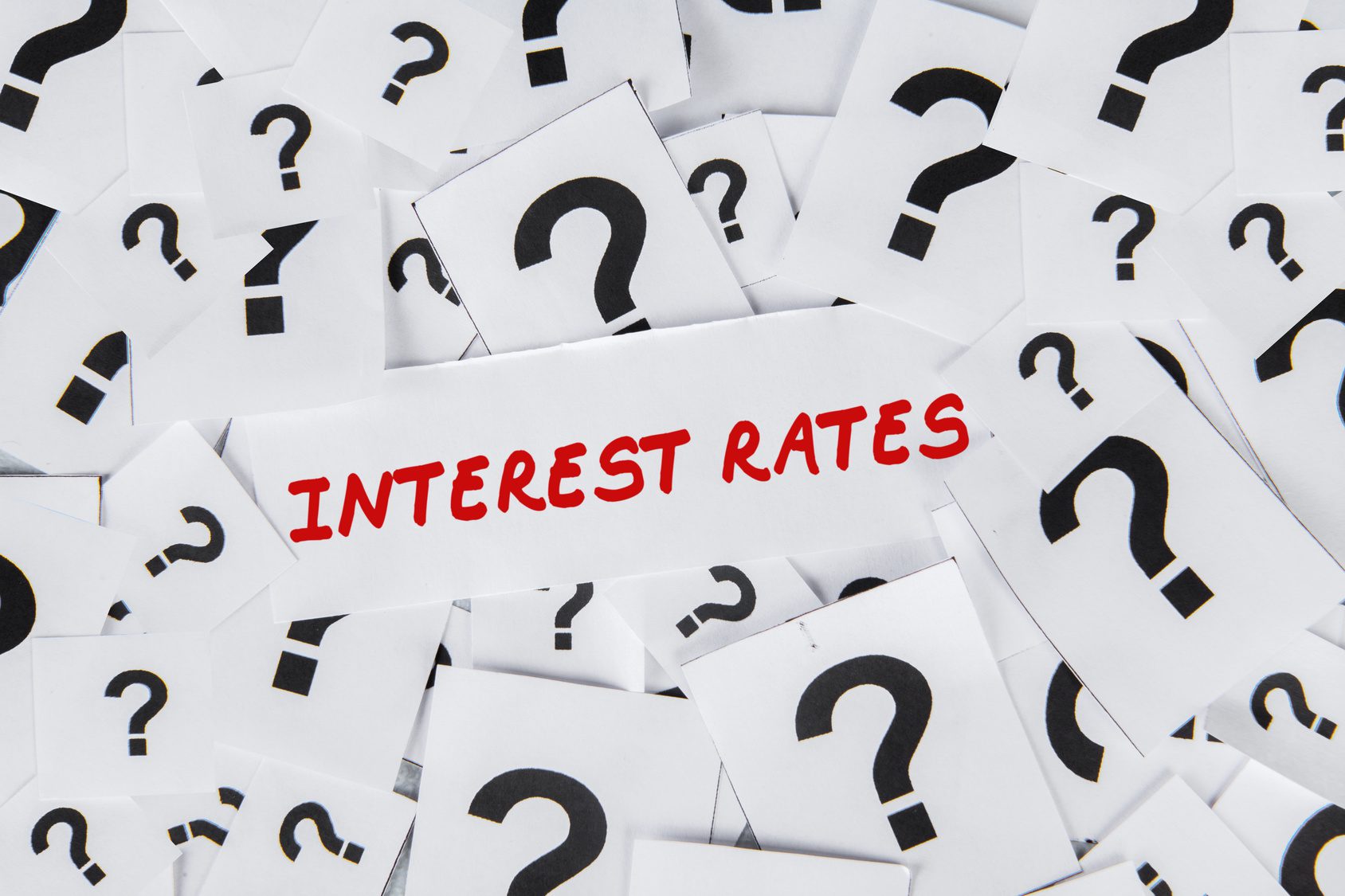Reports this week of Bank of America adding $59 in annual feesselectively to its credit card accounts is, on the face of it,simply a portfolio strategy aimed at improving the profitability ofhigher-risk cardholders. But could this be the tip of a newindustry iceberg: the dreaded annual fee?
So far the industry has avoided the institution of widespreadannual fees, despite the tribulations of the last three years. Thisis in spite of the restrictions established under the CARD Act thattrimmed fee revenues. Of course, the main source of new issuerrevenues has been interest income, as issuers have generally movedto higher, variable rates. This revenue source has beenconstrained, however, by the ongoing decline in revolving creditoutstanding as consumers have deleveraged (or have been chargedoff!).
Still the pricing dynamic remains fluid. What happens when the FdFunds rate finally moves higher off its rock bottom base? Indexedvariable rates would have to move in tandem. At the same time new(or perennial) threats are emerging in the form of proposed ratecap legislation (15% under “Interest Rate Reduction Act,” H.R.336). Legislative limits may be a long shot, but some combinationof rising funding costs and legislative action could provedeadly.
Is interchange a reliable income stream? The Durbin Amendment onthe debit side must give us pause. Card enhancement revenues?Hardly a strong prospect.
At some point, there may be no place left to hide. Annual feerevenues may well be needed. Watch for more issuer experimentationwith annual fees-they may need the data more quickly than theywould prefer.











